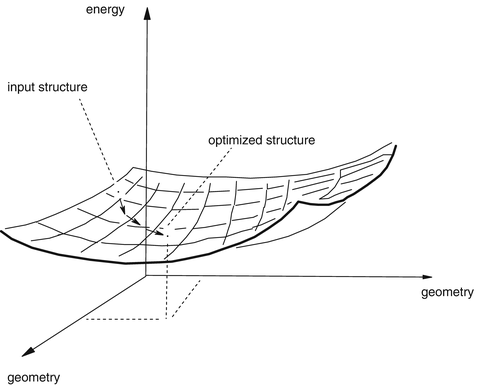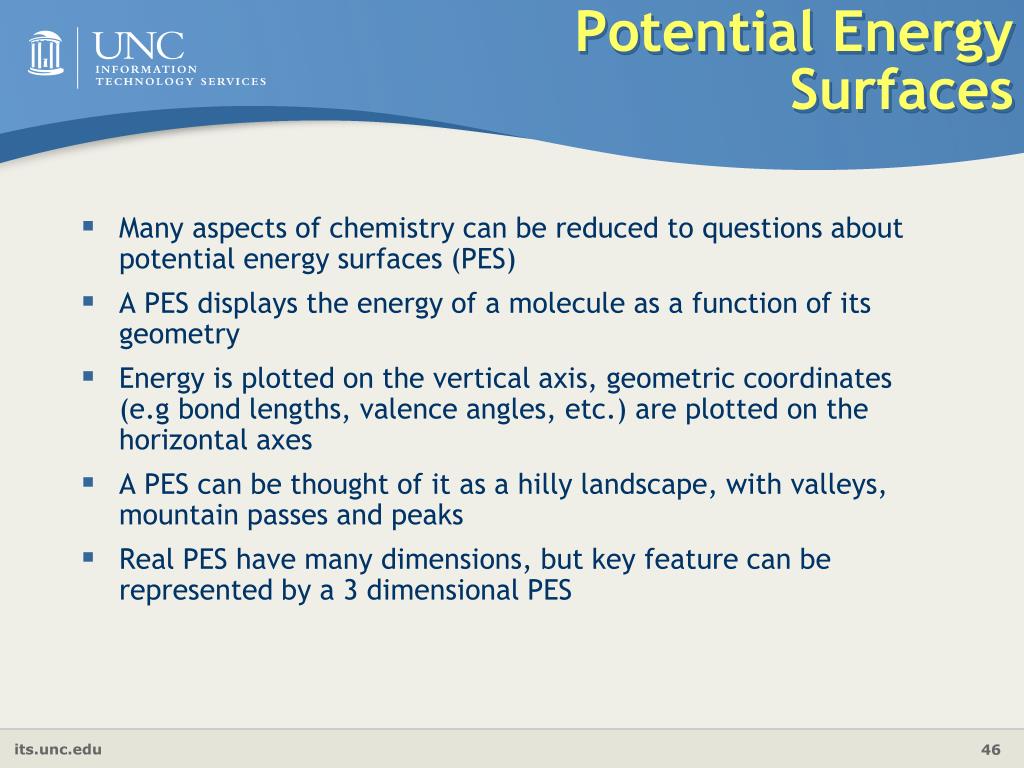
Li L, Li C, Alexov E (2014) On the modeling of polar component of solvation energy using smooth Gaussian-based dielectric function. Grant JA, Pickup BT, Nicholls A (2001) A smooth permittivity function for Poisson-Boltzmann solvation methods.
GAUSSIAN SOFTWARE POTENTIAL ENERGY SURFACE SIMULATOR
J Chem Theory Comput 7:203–212īin T, Chen M, Xie Y, Zhang L, Eisenberg B, Lu B (2013) A parallel finite element simulator for ion transport through three-dimensional ion channel systems. J Comput Chem 27:72–89Ĭhen MX, Lu BZ (2011) TMSmesh: a robust method for molecular surface mesh generation using a trace technique. Yun Z, Matthew PJ, Richard AF (2005) What role do surfaces play in GB models? A new-generation of surface-generalized born model based on a novel Gaussian Surface for biomolecules. Weiser J, Shenkin PS, Still WC (1999) Optimization of Gaussian surface calculations and extension to solvent-accessible surface areas. Grant JA, Gallardo MA, Pickup BT (1996) A fast method of molecular shape comparison: a simple application of a Gaussian description of molecular shape. Mcgann MR, Almond HR, Nicholls A, Grant AJ, Brown FK (2003) Gaussian docking functions. Discret Comput Geom 21:87–115īates PW, Wei GW, Zhao S (2008) Minimal molecular surfaces and their applications.

Annu Rev Biophys Bioeng 6:151–176Įdelsbrunner H (1999) Deformable smooth surface design. Richards FM (1977) Areas, volumes, packing and protein structure. Lee B, Richards FM (1971) The interpretation of protein structures: estimation of static accessibility. The results of these comparisons validate both the accuracy and the applicability of the parameterized Gaussian surface. Additionally, the Poisson-Boltzmann solvation energies based on the surface meshes generated by TMSmesh and those generated by other software programs are calculated and compared for a set of molecules with different sizes. Once the optimal parameters are obtained, we compare the performance of our Gaussian surface generation software TMSmesh with other commonly used software programs, focusing primarily on mesh quality and fidelity.

Approximation of the VDW surface is also done by analyzing the explicit expressions of the Gaussian surface and VDW surface, which analysis and parameters can be similarly applied to the solvent accessible surface (SAS) due to its geometric similarity to the VDW surface.

The resulted parameters are close to each other and result in similar calculated molecular properties. For each of these three criteria, a search of the parameter space is carried out in order to determine the optimal parameter values. In this paper, surface area, volume enclosed by the surface and Hausdorff distance are used as three criteria for the parameterization to make the Gaussian surface approximate the solvent excluded surface (SES) well. Currently, there is a lack of studies in which a systematic approach in the determination of optimal parameterization according to the geometric features has been done. Typically, the Gaussian surface is defined using two controlling parameters the decay rate and isovalue. The molecular Gaussian surface has been frequently used in the field of molecular modeling and simulation.


 0 kommentar(er)
0 kommentar(er)
